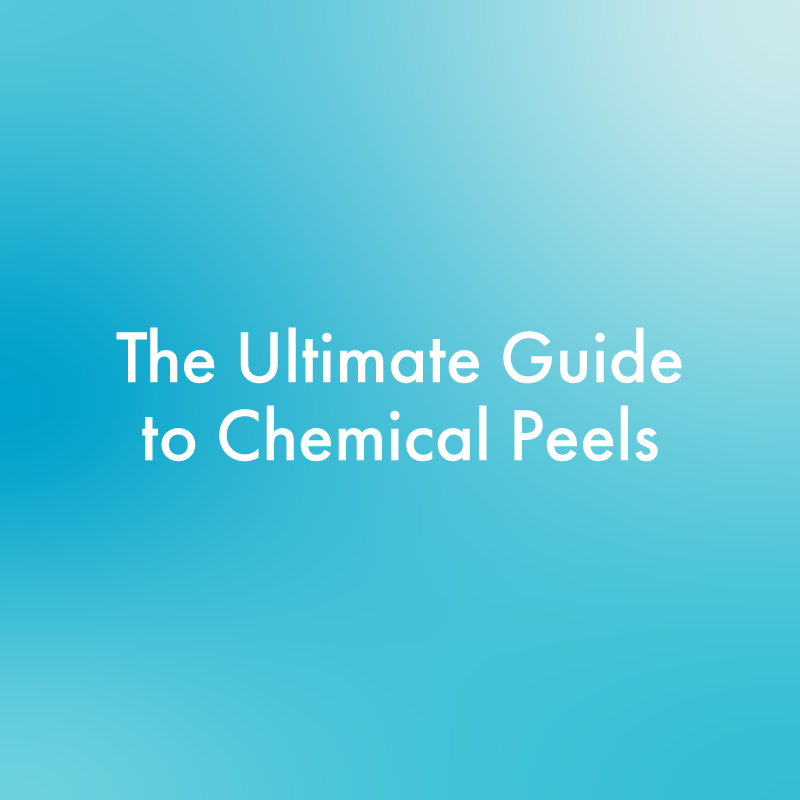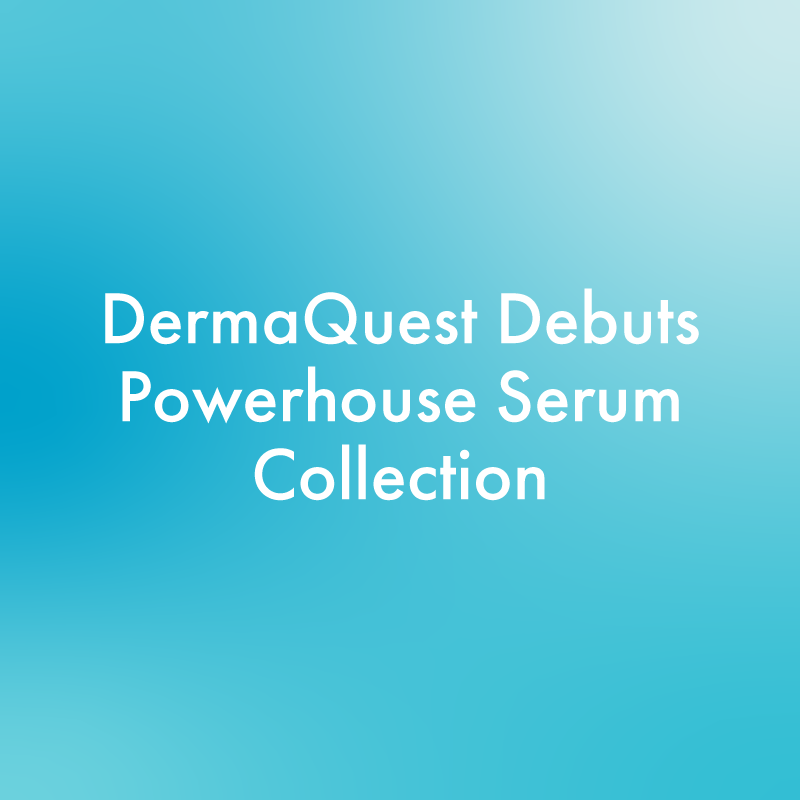The perks of a professional peel are nearly unlimited. They serve as a powerful tool for estheticians to deploy in their skincare arsenal, if understood accurately and utilized correctly. We treat with peels for many reasons: to destroy acne-causing bacteria, lighten unwanted pigmentation, even out skin tone, improve firmness, increase collagen production, brighten acne spots, prevent future breakouts, smooth out rough skin texture, diminish fine lines and wrinkles and more.
This video guides us through the fundamentals of understanding Chemical Peels – from what exactly is a peel, why we integrate them into our client care, assessing skin types and conditions for consideration, pitfalls to avoid and the full range of possible peel potential and the varying strengths or levels, followed by optimal post-peel care. DermaQuest Head of Education, Ntuthu Dlamni, kicks off by explaining how peels - which are a form of controlled skin injury, using a chemical agent – reach varying levels of depth from the stratum cornea (superficial/level 1) to the deeper layers of the skin (level 5/medical-grade aimed at the reticular dermis).
She goes into depth on choosing the correct peeling solution for the skin you are treating and expands on certain ingredients, specific percentages and PH levels to induce the peeling which reveals healthy rejuvenated skin.
A critical emphasis is put on conducting a thorough skin analysis and evaluation prior to initiating treatment to gain a full understanding of client goals and current state. The need for establishing the depth of damage in the skin, using all available treatment room resources, from magnifying and woods lamps, skin scope, Visia skin analyzer and more.
A full sweep of skin types: dry, balanced, oily, sensitive, combination vs. skin conditions: dehydration, rosacea, hyper or hypopigmentation, Rhytids (fine lines/wrinkles), acne, sensitive/sensitized, pastules/pustules (the former is governed by genetics) is reviewed.
The skin typing Fitzpatrick Scale (1-6) is broken down and explores the certain variables that determine how the skin “might” react to the stress endured when undergoing a peel, as well as, how it will peel.
We examine contraindications, from pregnancy to allergies, mediations, disorders and more and how these should always be disclosed, continuously re-evaluated and knowing at what point do you refer a client to a physician.
Some of the most compelling and informative instruction is shared, especially the breakdown of DermaQuest Pro Grid which is an invaluable resource for guiding professionals through the peel selection and usage process. From performing in-depth consultations and initial treatments, to determining the next treatment level with a wide range of customizable peels. DermaQuest extensive portfolio of peels is laid out – from our C infusion Peel and Hibiscus Flower Mandelic Peel to a level 4 TCA Salicylic Acid Peel, and so many more. You’ll gain an understanding of what to expect post peel, from mild flushing to light flaking and extreme shedding, as well as post peel compliance - what to avoid and what’s key to do.
After you’re taken on this full guide to improve skin by incorporating progressive peeling in the hands of a professional, as well as understanding the crucial role proper home care between treatments, you’ll gain greater proficiency and confidence in the realm of peels.





Leave a comment
This site is protected by hCaptcha and the hCaptcha Privacy Policy and Terms of Service apply.